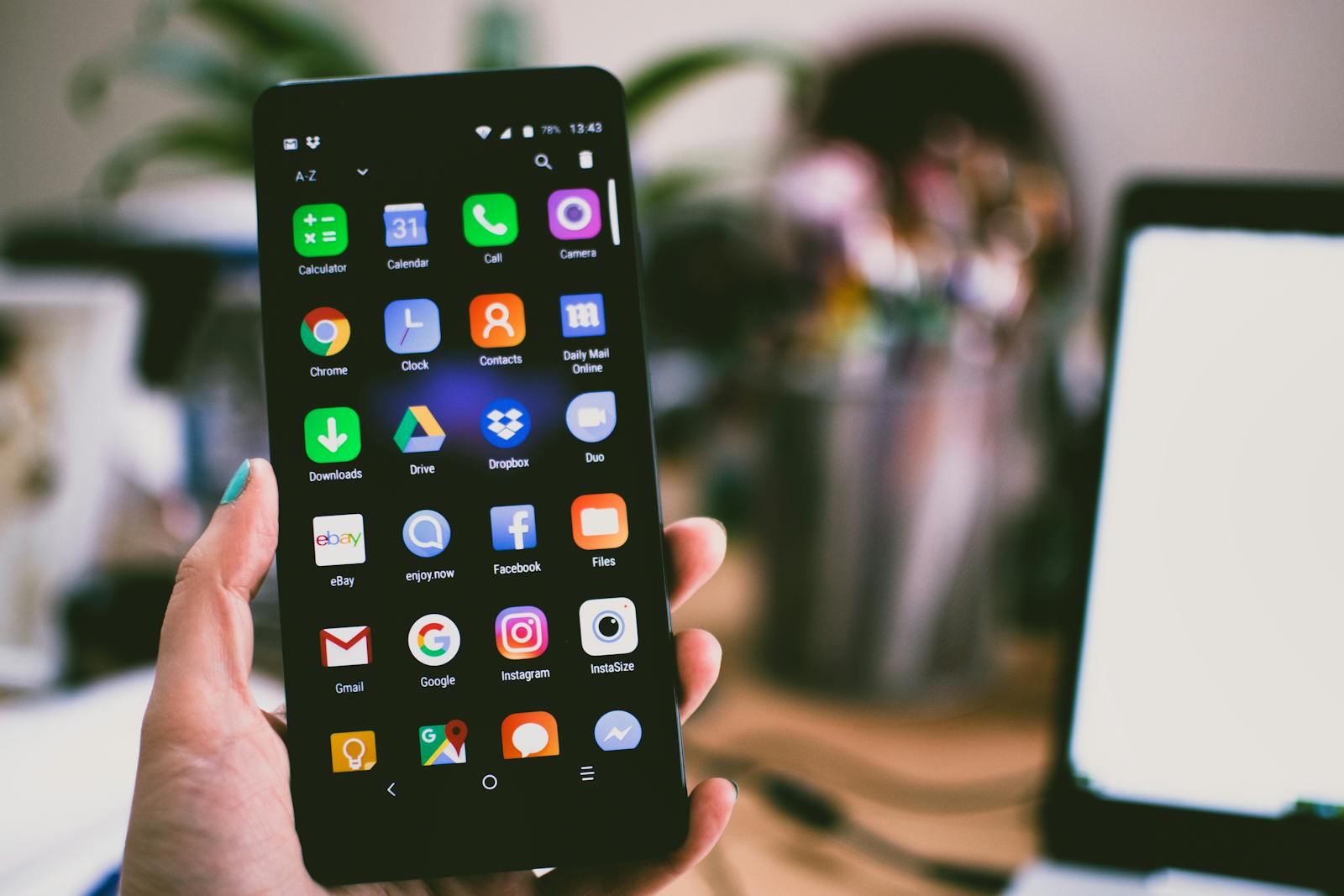The concept of privacy in relation to personal information has evolved significantly since the late 19th century when legal scholars first articulated the fundamental “right to be let alone.” In our modern digital landscape, this basic right has taken on new dimensions, particularly in the realm of mobile applications and their access to personal data.
Historical Context
The evolution of app permissions can be traced to the early days of mobile computing. When the first smartphones emerged in the late 1990s, applications had relatively unrestricted access to device functions. Early privacy advocates and legal scholars warned about the potential for technological invasion of privacy, concerns that have proven remarkably relevant to today’s app permission landscape.
Fundamental Concepts
Mobile app permissions are, at their core, a modern implementation of the principle of informed consent, a concept that emerged from the Nuremberg Code of 1947. These permissions fall into several critical categories:
- Location Services
- Camera and Microphone Access
- Contact List Access
- Storage Access
- Network Communications
- System Tools Access
Legal Framework
The development of app permission systems has been shaped by significant legislation, including:
- The European Union’s General Data Protection Regulation (GDPR, 2018)
- The California Consumer Privacy Act (CCPA, 2018)
- The Children’s Online Privacy Protection Act (COPPA, 1998)
Privacy scholars have long maintained that individuals and institutions should have the right to determine for themselves when, how, and to what extent information about them is communicated to others.
Practical Applications
When evaluating app permissions, users should consider the following principles, derived from centuries of privacy jurisprudence:
- Necessity: Does the app genuinely require this permission for its core function?
- Proportionality: Is the level of access proportional to the service provided?
- Transparency: Is the purpose of the permission clearly explained?
- Revocability: Can the permission be easily revoked if desired?
Recommended Permission Guidelines
Based on established privacy principles and contemporary best practices, users should:
Essential Permissions:
- Allow permissions that directly enable core app functionality
- Grant location access only when necessary for specific features
- Enable camera/microphone access only for communication apps
Permissions to Avoid:
- Blanket access to contact lists
- Unnecessary background location tracking
- Full storage access for apps that don’t need it
Modern Implications
The management of app permissions represents a crucial intersection of historical privacy principles and modern technological capabilities. Constitutional scholars have long recognized that privacy rights exist within the broader framework of fundamental protections – a concept that extends naturally to digital privacy.
Summary
The proper management of mobile app permissions requires understanding both historical privacy principles and modern technological realities. Users must balance convenience with security, applying time-tested privacy concepts to new digital challenges. As we continue to navigate this evolving landscape, the fundamental right to privacy remains our guiding principle, even as its practical application changes with technological advancement.
Privacy in the digital age goes beyond merely hiding information – it encompasses self-protection, personal autonomy, and ultimately, individual freedom. Understanding and properly managing app permissions is crucial for maintaining these fundamental rights in our increasingly connected world.

